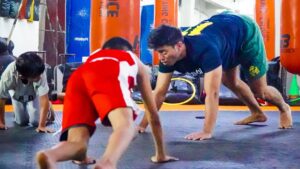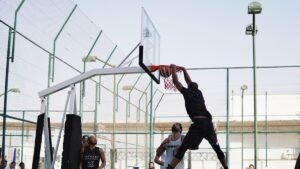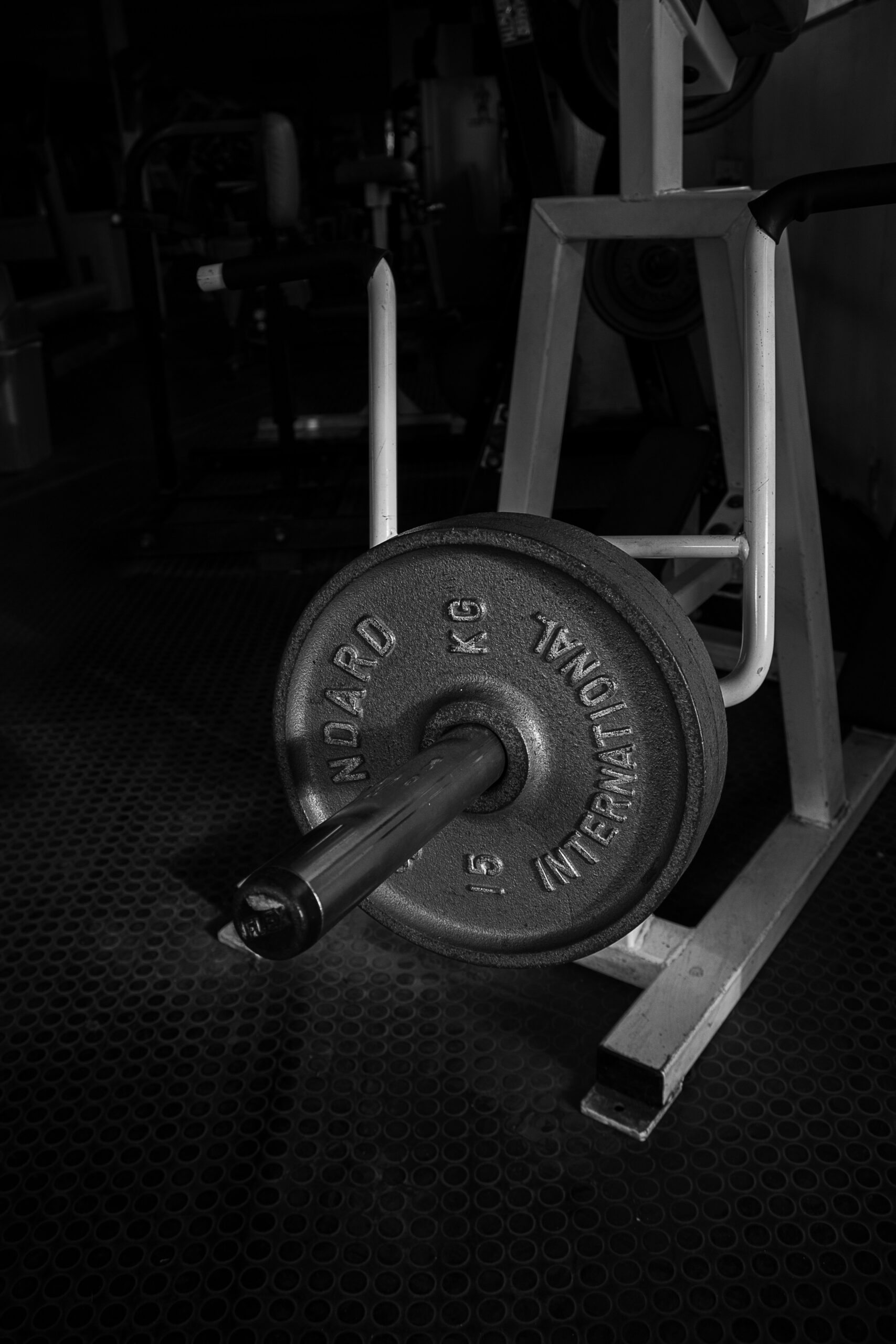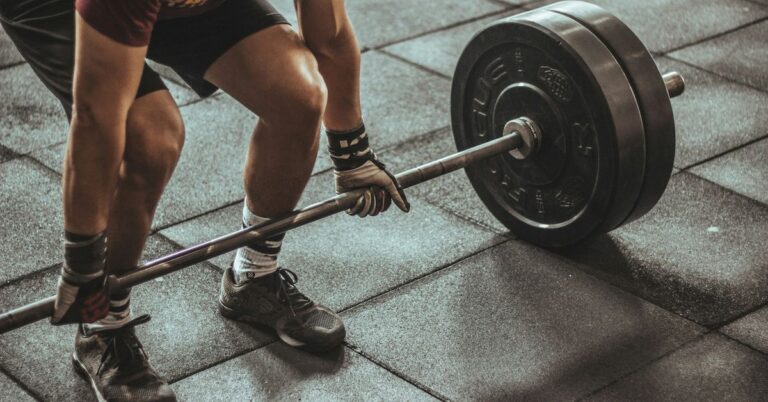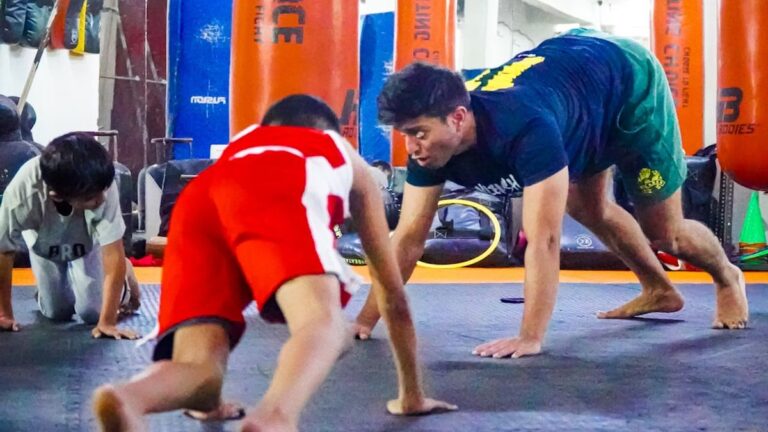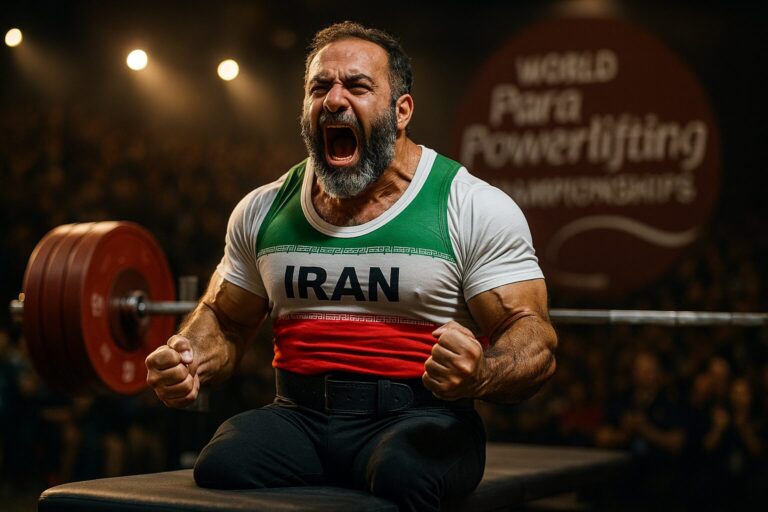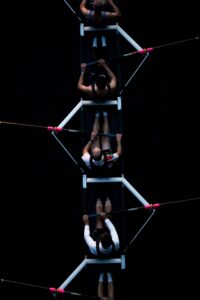Elevate Your Game with Unconventional Training Techniques
In the ever-evolving world of sports, the quest for improvement often leads athletes down a familiar path: hours in the gym, endless drills, and the time-honored tradition of running laps until the sun sets. But what if I told you that some of the most effective ways to elevate your game lie outside of these conventional training methods? It’s true! Unconventional training techniques are cropping up everywhere, and they’re not just for the avant-garde athletes or those seeking Instagram fame. They are rooted in science, creativity, and a whole lot of experimentation.
Let’s dive into this curious blend of tradition and innovation, exploring methods that can not only up your performance but also keep your training fresh and enjoyable.
The Power of Play: Gamification in Training
Remember the feeling of joy when you were a kid playing tag or dodgeball? For many of us, the thrill of competition was a natural motivator. Gamification, the process of adding game-like elements to training, is making waves in the sports world for this very reason. Coaches and athletes alike are discovering that when you turn training into a game, you not only increase engagement but also enhance performance.
Take soccer, for example. Instead of the usual passing drills, some coaches are incorporating mini-games into practice. Players might compete in small-sided games where they earn points for successful passes or tackles. Not only does this create a fun atmosphere, but it also mirrors the pressure and unpredictability of actual matches. A study conducted by the University of Exeter found that players who engaged in gamified training sessions showed a marked improvement in their decision-making skills during gameplay.
In my own experience, I have seen this transformation first-hand. I remember attending a weekend workshop where we played a version of ultimate frisbee that included unique scoring opportunities for trick throws. The laughter and excitement brought a level of intensity that traditional drills often lack. (Not to mention, it felt less like work and more like an impromptu party.)
Utilizing Virtual Reality: The Future is Now
When I first heard about virtual reality (VR) being used in sports training, I thought it was just another tech fad. But oh boy, was I wrong. VR is redefining how athletes prepare for competition. Imagine being able to replicate high-pressure game situations without stepping onto the field. It’s a dream come true for athletes looking to fine-tune their skills.
Sports teams, from the NFL to the NBA, are now investing in VR technology to improve their players’ strategic thinking and reaction times. For instance, the New York Jets have integrated VR into their quarterback training, allowing players to rehearse plays and read defenses in a controlled environment. This technique helps them react faster during actual games, where every millisecond counts.
I once had the chance to try a VR training session aimed at improving hand-eye coordination. The experience was both exhilarating and humbling—I may have felt like a superhero until I realized my virtual avatar was missing every target! (That’s a story for another day.) But it was a stark reminder of how our brains can adapt and learn in a simulated environment, often faster than in the real world.
Breathwork: The Unsung Hero of Athletic Performance
If you think breathwork is just for yogis or meditation enthusiasts, think again. Athletes are increasingly recognizing the importance of breathing techniques—not just for relaxation but as a tool to enhance performance. Proper breath control can reduce anxiety, improve stamina, and even boost recovery times.
Take the example of professional runners who have incorporated techniques like diaphragmatic breathing into their training regimes. By focusing on deep, controlled breaths, they can increase oxygen intake and improve endurance. In a study published in the Journal of Sports Sciences, researchers noted that athletes who practiced breathwork reported an increased ability to maintain high-intensity efforts for longer periods.
I vividly recall a moment in my own training journey when a coach introduced me to a simple breathing exercise before a big competition. The calmness it brought was surprising. Instead of the usual pre-race jitters, I felt focused and ready. It’s a subtle yet powerful technique that can make a world of difference in high-pressure situations.
Unorthodox Strength Training: Think Outside the Box
Weights and resistance bands have their place in strength training, but what about incorporating unconventional tools? From kettlebells to sandbags, athletes are now experimenting with various objects to challenge their muscles in new ways. The beauty of using unorthodox equipment is that it engages stabilizing muscles and can lead to improved functional strength.
Consider the use of tire flips and sledgehammer training. These methods are not just for strongmen competitions; they can help athletes build explosive power and overall body strength. In fact, many CrossFit gyms have adopted these techniques, and participants often rave about the results. A study from the National Strength and Conditioning Association showed that athletes who utilized unconventional methods improved their power output significantly compared to those who stuck to traditional weightlifting.
On a personal note, I recently joined a fitness class that incorporated these unconventional tools. I’ll admit, the first time I flipped a tire, I felt like I was auditioning for a reality show—completely out of my element and a bit ridiculous. But the sense of accomplishment (and a few sore muscles) afterward was well worth it!
The Art of Visualization: See It to Achieve It
Visualization isn’t just for athletes who want to psych themselves up before a big event; it’s a legitimate training technique that can enhance performance. Top athletes, from Olympic gold medalists to professional basketball players, often use visualization to prepare mentally for their competitions. The underlying principle is simple: by vividly imagining success, you can program your brain to perform better.
Take Michael Phelps, for instance. The swimming legend famously utilized visualization techniques to mentally rehearse each race, envisioning every stroke and turn before he even stepped into the water. Research has shown that mental imagery can activate the same neural pathways in the brain as actual physical practice, leading to improved muscle memory and execution.
During my college days, I dabbled in visualization before critical games. I’d close my eyes and picture myself making that game-winning shot. While it didn’t always work out as planned, the moments of focus helped build my confidence. Who knew daydreaming could be so productive?
Functional Movement Training: Move Like You Mean It
When we think of training, it’s easy to get caught up in the idea of lifting heavy weights or running long distances. But what about the way we move in our everyday lives? Functional movement training focuses on exercises that mimic real-life activities, enhancing strength and flexibility while reducing the risk of injury.
Exercises like squats, lunges, and kettlebell swings are examples of functional movements that can translate well into athletic performance. By training your body to move efficiently, you can improve your overall athleticism. A study published in the Journal of Strength and Conditioning Research found that athletes who engaged in functional movement training showed significant improvements in agility and balance.
In my experience, incorporating functional movements into my workouts has led to fewer injuries and a greater sense of body awareness. I can’t count the number of times I’ve felt like a superhero while performing a well-executed lunge, only to realize I’m just trying to pick up a dropped pen! (Ah, the joys of adulting.)
Dance Your Way to Better Performance
It may sound surprising, but dance can be an incredibly effective training method for athletes. Whether you’re a seasoned dancer or a complete novice, incorporating dance into your routine can enhance agility, coordination, and rhythm. Plus, it’s a fantastic way to break the monotony of traditional workouts.
Many professional athletes, particularly in sports that require a high degree of coordination and balance, have turned to dance as part of their training. For instance, NBA players often take hip-hop dance classes to improve footwork and body control. According to a study from the American Journal of Sports Medicine, dancers exhibit superior balance and proprioception, key components of athletic performance.
I’ll admit, I once took a dance class with the intention of just trying something new. Let’s just say my two left feet were on full display. But by the end of the class, I felt more connected to my body and its movements. And who doesn’t want to impress their friends at the next wedding with some killer dance moves?
Recovery Techniques: Resting Your Way to Greatness
Training hard is essential, but equally important is recovery. Unconventional recovery techniques are gaining traction among athletes, with methods ranging from cryotherapy to infrared saunas making headlines. These approaches not only help alleviate muscle soreness but also promote faster recovery times.
Cryotherapy, in particular, has garnered attention for its purported benefits. Athletes expose their bodies to extremely cold temperatures for brief periods, which can help reduce inflammation and speed up muscle recovery. Professional teams like the Dallas Mavericks have incorporated cryotherapy into their recovery regimens, claiming improved performance and reduced injury rates.
In my own journey, I once decided to try an infrared sauna after a particularly grueling training session. I felt like a new person after just a short session, as if I had melted away all the stress of the week. (Although, I did question my life choices as I stared at the wall, drenched in sweat.)
Conclusion: Embrace the Unconventional
As you venture down the path of athletic excellence, don’t shy away from unconventional training techniques. Whether it’s gamifying your workouts or experimenting with VR and breathwork, these methods can breathe new life into your training. They not only enhance performance but also keep the joy of movement alive.
Remember, the journey to becoming a better athlete is not a straight line. It’s filled with twists, turns, and, let’s be honest, some hilarious missteps along the way. So, why not step outside of the norm? Embrace the unconventional, and you just might find yourself elevating your game beyond what you thought possible. After all, sports should be fun—and a little bit of adventure never hurt anyone!

